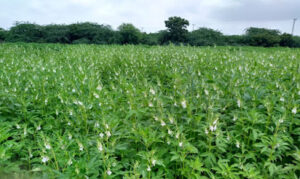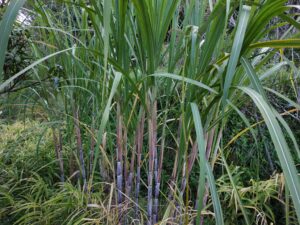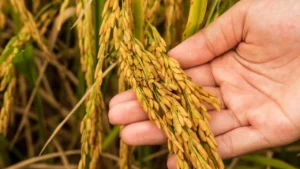
Introduction
Maize, also known as corn, is one of the most crucial cereal crops globally, serving food, feed, and industry purposes. Its versatility allows for producing various products, including cornmeal, cornstarch, and ethanol. This staple crop, grown in numerous countries, provides essential nutrients such as carbohydrates and vitamins. In this guide, we delve into the cultivation, management, and challenges of maize production on a global scale.
Pre-Sowing Tillage
Before sowing, tillage plays a pivotal role in preparing the soil. It enhances seedbed quality, facilitates seed germination, and promotes root growth. By breaking up compacted soil and improving aeration, tillage fosters optimal conditions for maize growth. However, it’s crucial to balance tillage practices to avoid negative impacts like soil erosion and loss of organic matter.
Seed Rate and Sowing Equipment
Seed rate, determining the amount of seed per unit area, varies based on factors like soil type and climate. Sowing equipment, from manual methods to machinery like seed drills and planters, aids in efficient and accurate planting. Proper calibration ensures optimal seed placement and spacing, ultimately enhancing yields and reducing labour costs.

Varieties Worldwide
Across the globe, maize varieties cater to diverse environmental conditions and farmer preferences. Open-pollinated varieties (OPVs) offer adaptability and resistance to pests and diseases. Hybrid varieties, created through crossbreeding, boast high yield potential and quality. Genetically modified (GM) varieties, while restricted in some regions, provide resistance to specific pests and diseases.
- Dekalb-9108
- Pioneer-32
- Pioneer-3035
- Sarhad White
- Azam
- Babar-2005
- NK-255
- B73
- DKC60-69
- LG11
- Bt maize (Genetically Modified)
- Golden Bantam
- Reid’s Yellow Dent
- Flint maize
- Dent maize
- Popcorn varieties
- Sweet corn varieties
- Waxy corn varieties
- High-lysine maize
Irrigation and Pest Management
Adequate water supply, essential for maize growth, demands attention to irrigation methods. Integrated pest management (IPM) practices are crucial for controlling pests while minimizing pesticide use. Monitoring pest populations, setting economic thresholds, implementing control measures, and evaluating effectiveness form the core of IPM.
Maize Harvesting Techniques
Harvesting maize involves cutting stalks and threshing kernels from cobs. Manual or mechanical methods, including modern threshers, facilitate this process. Following threshing, kernels are cleaned, sorted, and stored for later use.
Conclusion
Maize cultivation stands as a vital practice globally, with factors like tillage, seed rate, variety selection, irrigation, and pest management determining success. Integrated pest management offers a sustainable approach to pest control, while efficient harvesting techniques ensure optimal yield. By implementing best practices and techniques, farmers worldwide can navigate challenges and achieve successful maize cultivation.



